Fuji X10 review
In this blogpost the review for the Fujifilm X10 Digital Camera (Black) which I bought during a recent visit to B&H in New York.

For years I’ve been using the Canon G9 and although it was a very nice camera at the time I bought it, and it gave me some images that I normally would not be able to get I never really felt a “warm” feeling when shooting the camera, it did what it had to do and that’s it. Because time continues to give us better cameras and my G9 was due to replacement the last few months I’ve been looking at which camera would replace the G9. For me one of the first things the camera had to do correctly was higher ISO, I don’t expect the performance from a good DSLR but an usable ISO1600 was something I really wanted, and to be honest after playing with the X100 a while ago I also wanted something with a nice “vintage” look and feel.
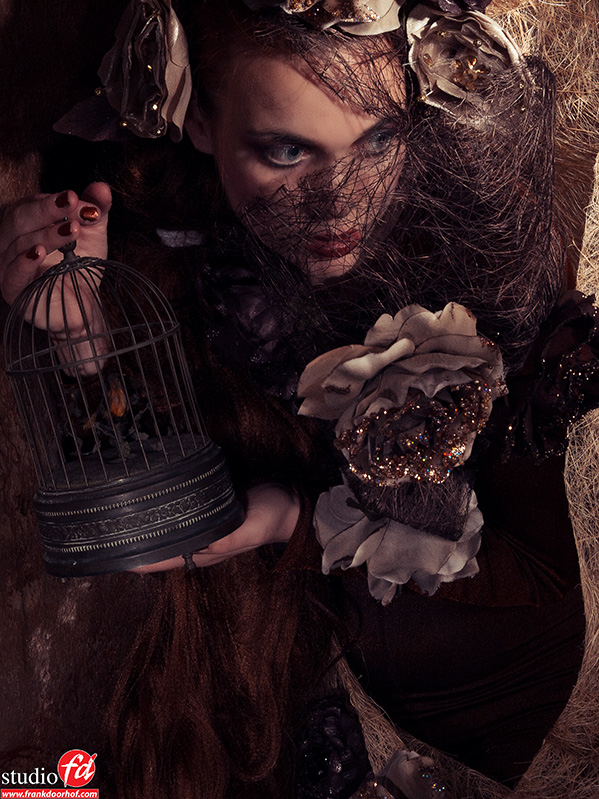
After putting everything together eventually the choice was easy and I bought the X10.
Now some people will claim that a point and shoot can never replace a DSLR, and of course they are 100% right, however what they seem to miss, is that sometimes it’s just not “possible” to bring your DSLR, and trust me, I always carry my camera with me. Take for example when flying, on the airport shooting with a DSLR is often possible but sometimes you will be called on by security, when shooting with the G9 this actually never happened. During the flight it’s not “my thing” to go into my bag and grab my DSLR to do some occasional shooting through the window, I’m a big guy and we fly Economy (plus) in 99.99% of the cases, meaning that when I sit getting up and grabbing something out of my bag is not something that is “easy to do”, and carrying my DSLR with me all the time is impossible in the plane. However a small camera you can just put in the seat and take it out whenever you want to.
And this is not the only time it’s great to use, think about restaurants, you will need some flash and the 5DMKII and III doesn’t have a popup flash and bringing a flash just for some images that are purely for fun is not something I’m willing to do. But most of all the small cameras are great for places where you are normally send away with a DSLR, think about live concerts, shooting inside a restaurant (even private shots have sometimes been forbidden by waiters), in the Metro/Train or just on the street. I think owning a small point and shoot camera is a wonderful addition for the gap between the DSLR and my iPhone 4S (Which makes great images by the way).
The best camera
Is actually the camera you have with you, and I always carry my iPhone 4S with me, however with a fixed focal length and a not so long lens this is incredibly limiting. And…. the best camera is the camera that gets you the shot, this is also why I don’t really care that much about megapixels, actually one response from someone was that he did not understand I did only get a 12MP camera and not a 16MP version, when I told him that 12 were more than enough and I rather have a 12MP image that was good instead of a 16MP file that was limited to JPG and was noisy he mumbled something like “amateurs”……
This reaction does say a lot by the way, a lot of people are focussed on megapixels and forget about the fact that a camera is a “tool” to get a picture/tell the story. In reality it really doesn’t matter what you use to shoot the image, as long as you get the image, so why choose the X10 than ?
Specs
Let’s first look at some of the specs (for the techno lovers)
- 12Mp Resolution
- 2.8″ LCD Screen
- 28-112mm Telephoto Manual Zoom Lens
- 4x Manual Optical Zoom
- Die-Cast Magnesium Alloy
- Upper Control Deck w/ Mode Dials
- 1080p HD Movie Recording
- RAW Shooting & In-Camera Processing
- Manual Pop-Up Flash
- Manual Shooting Modes: P/A/S/M
Concerning megapixels I think 12MP is enough for a point and shoot camera, you can print relatively big and as long as the image is low on noise you can very easily blow the images up without too much loss if you really need it, however I’ve prints in the studio from an 8 MP camera on A2 that are razor sharp, and I honestly don’t think I’m gonna print much larger than A2.
I always hated the “press the button to zoom” approach from most (if not all) point and shoot cameras, having a lens that you can twist very quickly between wide and tele simply rocks and makes working much easier.
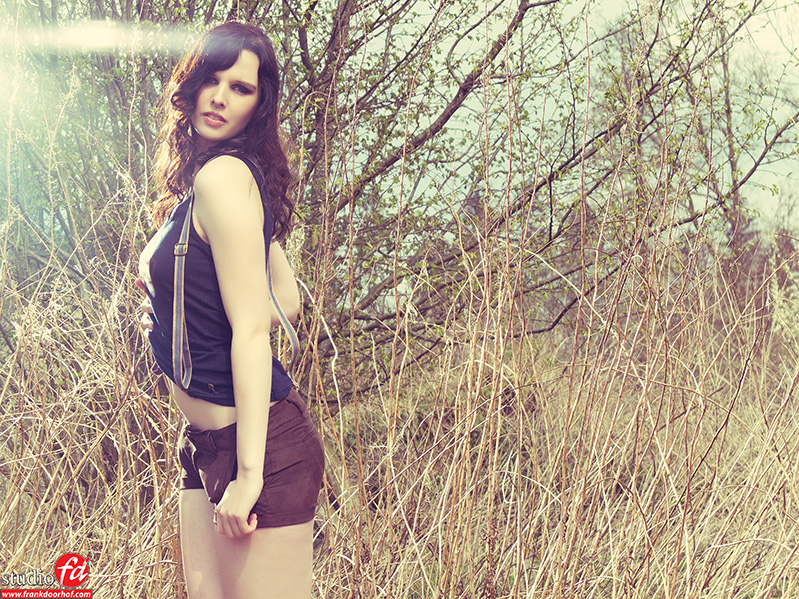 Also important is the option to shoot RAW, and that’s possible with the X10.
Also important is the option to shoot RAW, and that’s possible with the X10.But also the different modes like Manual and AV/TV are of course important, and although most can be found on other point and shoot cameras I love the fact that the exposure compensation and selection of the modes are all selectable with a nice turn dial, making operating the camera a breeze and fast (very fast).
For the smaller group workshops it’s very nice to be able to show the students exactly how I work when making my composition, I use the display for this and show where I put my focus and how I will make the composition after that and take the shot. But it’s also a vital part of my workshops to show people that the camera REALLY doesn’t matter in creating “good” work, of course there is a HUGE difference between my main camera and the X10, but in the end it all boils down to the image and it’s refreshing for most people to see that if you know your stuff you can make “great” images with literally every camera.
For me this is a bit of a non issue because my camera supports leaf shutter lenses that will make it possible to shoot up to 1/1600 outside with strobes (remember this is with studio strobes), however when you are “limited” to a DSLR you will often not be able to break the 1/125 X-sync speed with studio strobes/outside battery packs. Because cameras like the X10 don’t use mirrors and shutter curtains you can sync much higher, meaning you can fight the sun with a little camera that would be impossible with let’s say a Canon 5DMKIII. For example see the next shot, this was shot in the full sun with a Quadra from Elinchrom. You can achieve a similar result with slower strobes and the Pocket wizard TT1-5 but remember that a set of TT1 and TT5 will cost you app the same as the X10 🙂
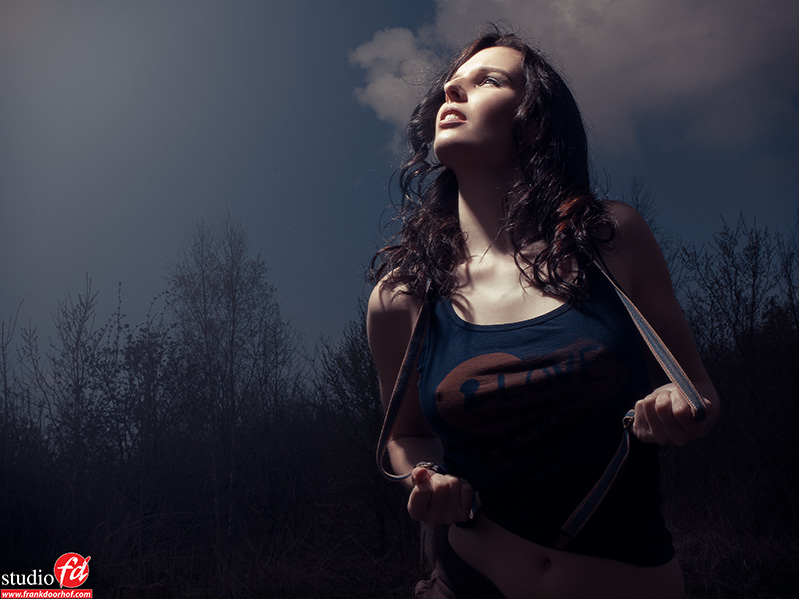
Well that’s not really a problem, it will take some “knowledge” from the photographer however.
You can shoot with strobes that meter F22 on the X10 without much problems, what you have to realize is that a strobe will not fire all it’s light at once, it will “slowly” build the spike and after that the spike will drop down. If you set your shutter on the X10 just at the right time it will actually cut off some of the light and you will be able to shoot on much higher strobe settings than F11. And of course normally you will lower the output of the strobe to match the F11 of the X10, but sometimes this is not possible, for example when using two cameras at the same time, by using this trick you can shoot with the X10 without a problem for some quick in between shots.
I know, and I agree, there is no need…..
However since owning the X10 I’ve constantly felt the need to shoot some images with it while doing workshops and photoshoots, and really don’t ask me why, it’s just a great feeling. I compare it to shooting the Mamiya RZ67ProII with the same Leaf digital back as my Phase One DF camera. With the Phase One I have quick AF, great viewfinder, quick response and wonderful results plus I can handheld the camera. With the RZ67ProII I have to manually focus, the viewfinder is mirrored (but awesomely big and sharp), I have to shoot from a tripod (and a big one) and I have more “missed” shots than with the Phase One DF….. but the fun with the RZ67ProII is so much more than with the Phase One DF, and sometimes boys and girls it’s also about the fun factor… shooting a few images with the X10 in between the shoot and seeing the responses from the students or client is priceless, especially when they see the results…..
Without a doubt there will be point and shoot cameras out there that are better for you. Maybe even better for me, but the X10 gives me without a doubt the fun and quality I expect from a point and shoot camera, the twist zoom lens is great, the hotshoe and RAW is a must and to be honest I’ve seen some ISO3200 shots that I think will be perfect for prints up to A3. And when I compare that with the ISO400 from my G9 I can only say “they’ve come a LONG way, the G9 I actually never used above ISO400.
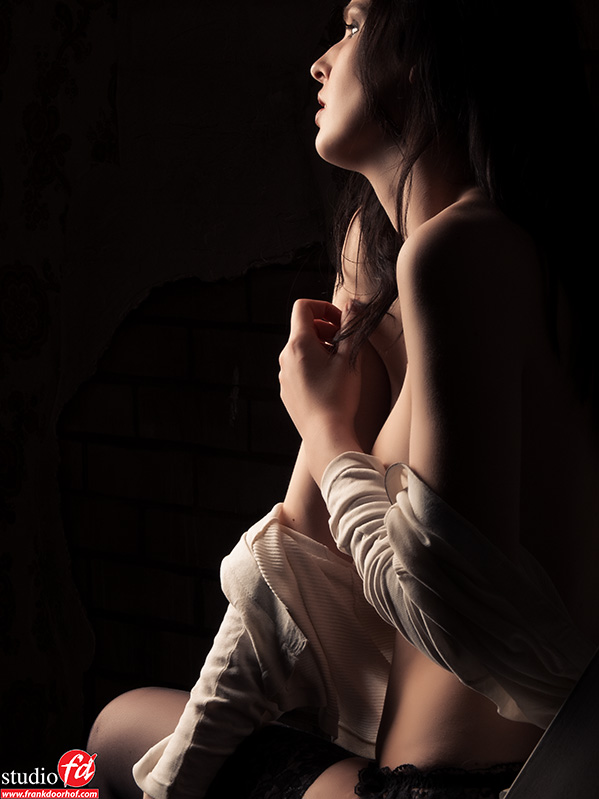
Are there things I find disappointing?
Well yeah of course.
I would LOVE to see an indicator in the viewfinder that you have achieved focus and where, now you just see the parallax view and nothing more, meaning you will probably hardly use the viewfinder but the display, and there’s nothing wrong with that of course, I love using the display on these kind of cameras, but it would be nice.
Well it depends on yourself.
If you want something that’s fun to shoot, gives you great results and you love the more “vintage” looks and value a good sensor than you really can’t go wrong with the X10 I think, it’s not a super cheap camera but to be honest I think $599 is also not expensive for a camera with these specs. And seeing the fact how I love the camera I think that if you’re in the market for a new camera the X10 should be very high on your list…. however it’s always personal.
Don’t think I choose easy things to shoot, as you can see in these images I used a lot of angles in the light and often shooting almost straight into the light, the G9 autofocus would often just quit on me, the X10 AF actually worked flawless in 99% of the shots, at one setup I had some trouble using the AF but that was a setup where even the Phase One struggled.
If you like what we do here, and want to support the blog please buy from our affiliate companies by following the links or the links below.

Want to be inspired by the best, make sure to get a subscription to Kelbytraining via this link?
Even the pros get their inspiration from them 🙂

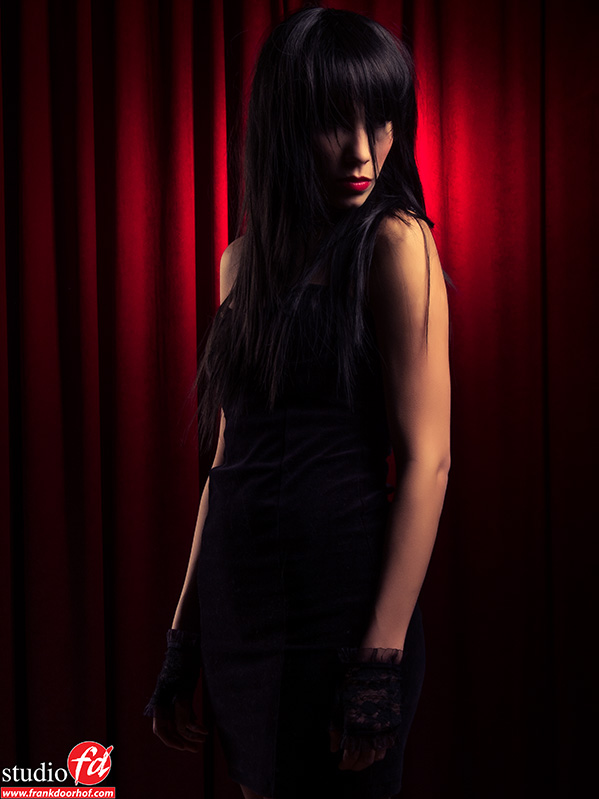
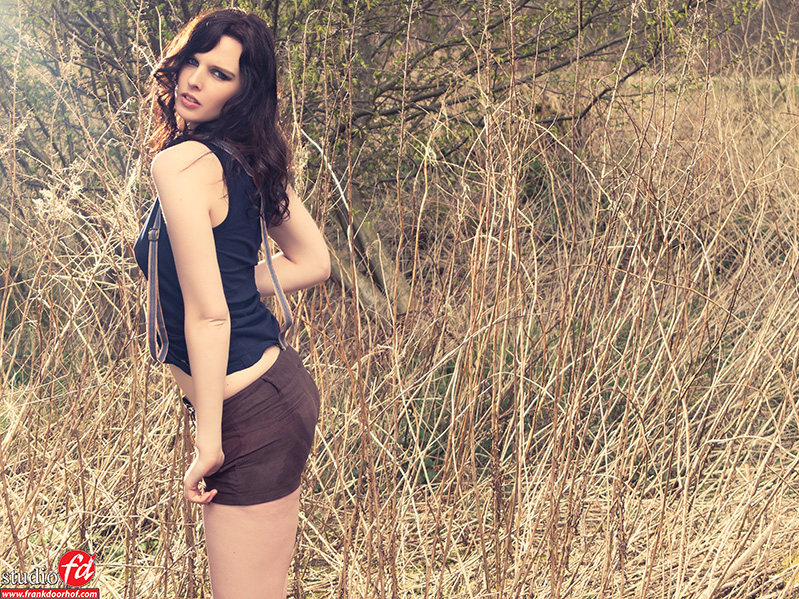
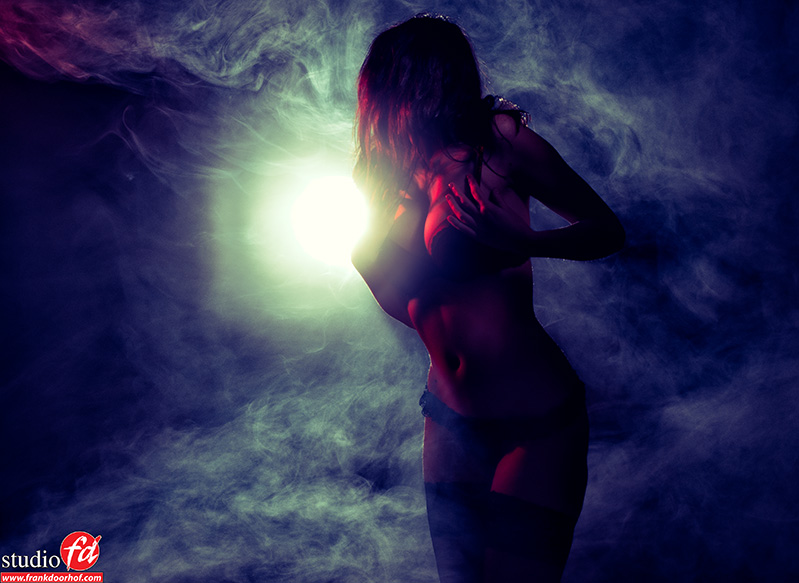
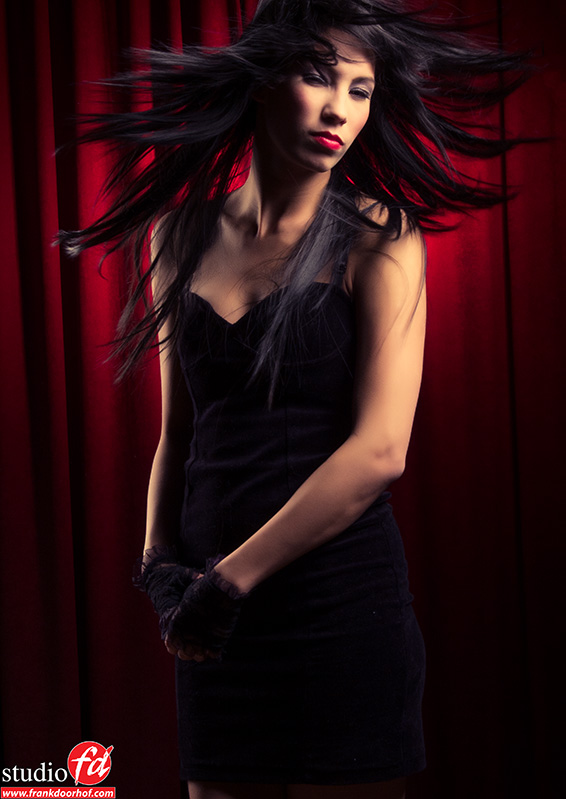
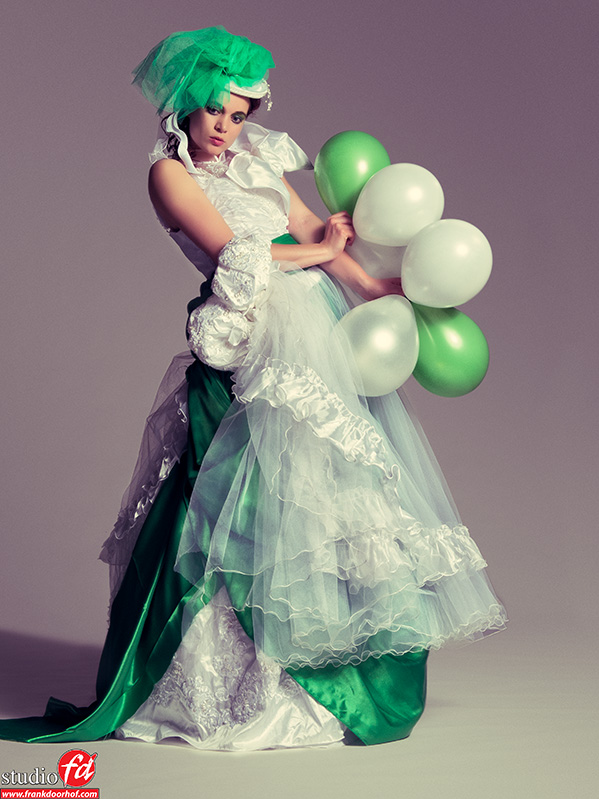
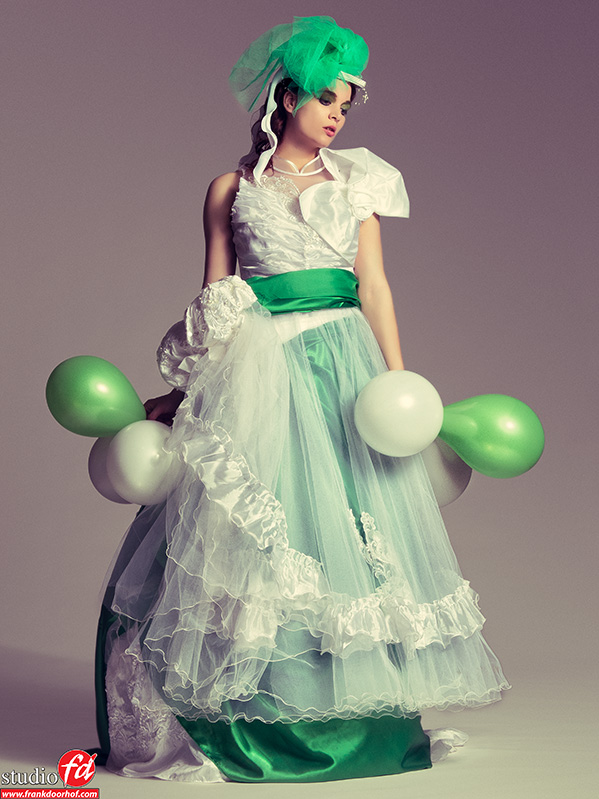

I own an Fujifilm X10 too. It’s an amazing point & shot camera. I love the manual zoom and the dynamic range. The AF is very quick. The noise performance are very good (1600/3200 iso with a more than acceptable image quality). I’m not vary happy of the jpeg format in camera and I prefer to shot alway in RAW.
Here some test shots that I’ve done my X10 😉
http://www.flickr.com/photos/andrealivieri/sets/72157628347598809/
Frank, your shots are amazing 😉 R’n’R!
Thanks man
“Because cameras like the X10 don’t use mirrors and shutter curtains you can sync much higher, meaning you can fight the sun with a little camera that would be impossible with let’s say a Canon 5DMKIII. For example see the next shot, this was shot in the full sun with a Quadra from Elinchrom.”
This shot of Angela in which you fight the sun is exactly what I need right now, I even almost purchased a second hand Nikon D70s to achieve this same ‘effect’, because my Sony Alphas can not sync at more than 1/250 of a second. I have been thinking about using a variable ND filter to dim ambient to make up for it, but that alone costs half of the X10 price (of course the ND could be used for more situations so it may still be valid).
I do wonder how you triggered the Quadra, as I have only tested my Skyports to 1/1000 of a second (which worked just fine). Did you go higher or did you opt for a PC cord?
Anyways, thank you for this review, it was entertaining and I leanred a few things once more, always appreciated.
Using the cut off of the flash as mentioned in the review, it’s a bit trying but it works flawless.
Excellent review which mirrors my thoughts on this incredible little camera. I have used many (too many?) DSLRs and compacts and recently bought both the X-S1 and its smaller brother the X10. In terms os sheer usability versus quality of image both cameras take some beating. I will still carry my little F200 or F600 (both pocket sized) everywhere but for me the DSLRs will stay on the shelf as the X-S1 and X10 produce as good if not better (dynamic range – M size 400%DR – A priority) images with far less weight and effort.
Nice review, thank you 🙂 What software do you use to post-process the RAW files?
Photoshop
Very nice work, well thought out review, and I must say I agree completely. I’ve had an X10 myself since shortly after they became available and it has been fantastic. I am intrigued with your use of studio strobes with the X10. By what method are you triggering them? When used with my Pocket Wizards, the X10 does not trigger my studio strobes, unless, perhaps, I am failing to set something correctly on the camera.
You can set the camera to EXTERNAL flash, that’s the way to use the triggers.
Good review Frank. I love my X10 and no, it isn’t THE perfect camera by any stretch I think it is near perfect for its intended purpose. I’ve set up C1 as B&W aperture priority and C2 as B&W manual just because I like the visualisation of the B&W jpeg preview. Although I shoot Raw I’ve been shooting the X10 on Raw+Jpeg – don’t know why. One interesting point about the AF – my AF test is always a shot of my Border Collie Ben, as I call him The Absorber Of All Light. My 5DmkII and 50D as well as my wife’s 7D will choke 4 out of 5 times when focusing on him. The X10 nails it almost every time. I’ve taken to calling it my poor man’s Leica (very poor) and I’m having a lot of fun with it, and mine rarely ventures far from the 28mm setting. I even went so far as to buy the leather every-ready case for it. I’ve always hated those cases because they looked retro, but I love it on my X10 – because it looks retro 🙂
Excellent post Frank, Many Thanks!!
Hello Frank. Excellent analysis.
I also own a X10. I am very happy with it. I think that is’s a very good camera for strobist photos. Its ISO 1600 quality is excellent (even I have shots at ISO 3200 with great handling noise and dynamic range). Also they “retro” look is fabulous..!
Since I started using the X10 I’m just using my DSLR for professional assignments. The Fujifilm is my “day to day”
camera .
Best wishes from Venezuela.
Mr. Doorhof, I ran across your name in an X10 thread in those horrible DP Review forums. You were a new name to me, but my gosh, what beautiful work. I too, am an X10 owner, mostly because it FEELS like a camera, and am in love with the feel of this thing, and the lens at f2-f2.8 is more like the lenses I’m used to (and their resulting working EV’s). I’m just a dedicated amateur at best, but interesting to find that the same things that resonated with me also struck a professional the same way.
All the Best,
Joey Wilson
Well it’s very simple… some people will only focus on the things that are “wrong” and will never find a camera that is “perfect” others will just use the camera and enjoy the great images 😀
Hi Frank, congratulations for your great work, inspiring videos and reviews. I’d like to know your opinion re. the infamous “ORB” issue… have you ever experienced it? If so, can you deal with it or do you think it’s unacceptable as many people seem to do?
Did not experienced myself sorry, and I shot straight into some strobes. Maybe I’m lucky.
However I have a similar artifact on my MF back, when you overload the sensor it will “go” in a bizarre streak pattern. Solution… Take down that strobe a bit and it’s perfect again.
Every sensor will respond differently. Work around it if you love the rest. By another camera if you don’t.
Sounds harsh but it’s not meant that way. Its just that there will always be something. And yes it must be solved IF possible. But it’s also being blown up like crazy 😉
Actually I’m begging you to convince me to buy this little boy 🙂 The thing is: the Powershot S100 *in theory* would be a better option, and it’s cheaper. BUT. At the Telephoto end it’s dark as hell (f/5.9, wtf???) and it’s sluggish when it comes to autofocus (as a Canon shooter –5Dmk2– I know how much Canon can be sluggish, trust me…)
Plus, this camera is so good looking that… oh well, I guess I’ll jump the shark and buy the X10. As you say, there’s no perfect camera. Thanks!
Ok, bought it 🙂 Couldn’t resist.
You’re gonna love it 😉
After a week of using it I am DELIGHTED with my X10, and I’m a perfectionist who is not easily impressed. Thank you and you no-frills review!
Great to see you’re enjoying the X10, over here it’s now a fight between me and my wife who is getting to shoot with it 😀
Hi Frank,
this was a very nice review, thanks for sharing. I also have been using a G9 for nearly 5 years now, and although it has served me really well, it’s time to find a replacement. Some of the things I never liked in the G9: huge depth of field, poor hi-iso performance, lens not wide enough, unusable optical viewfinder. These all seem to be way better in the X10 (some more than others).
About the depth of field, did you feel it was adequate, knowing of course that a camera with a small sensor like this will never be very good anyway? And the optical viewfinder: I know that it’s not the gorgeous hybrid one from the X100 and X-Pro 1, but do you find it useable?
Thanks again for your cool review. I am nearly decided to go for it!
DOF is not perfect, when you’re used to the X100 and X pro 1 it’s a huge difference, but I use the camera for different things. And yes I LOVE the shallow DOF shots, but I know the “limitations” of the X10 but that also makes it strong. It’s a PERFECT camera for those “don’t draw attention to yourself” shots. Set the aperture on f5.6 or f8 and you have plenty of DOF to zone focus and do some really nice from the hip shooting 😀
Optical viewfinder is useless because there are no indicators.
very nice blog.., incredible how this X10 works out…!! I also used the G9 till now, but to many limits these days, but a “brick” that could be always with you…, now reading your article and the last comments brought me to tings that might be all in another new camera the Olympus OM D5, very fast focus, and a viewfinder that shows all the info you want…., expensive, but gives a full range of lenses like a real pano-lens the Samyang 7,5 mm…..
but, really very nice shot’s you made with the X10…!!
I did not shoot with the Olympus, looks nice also, I choose the Fuji because I only hears amazing stories about their sensors and they proved that in the past.
great blog, and X10 is very interesting, I just ordered one. There is a lot of talk about the files in the X10 and how to get the best quality. Gets pretty confusing. How are you processing your files? Do you shoot full size RAW images then open up in photoshop? do you convert to DNG?
any advice appreciated.
To be honest I just open them in ACR, full size RAW indeed. I don’t really like Silkypix that is delivered with it. For Aperture I convert to DNG.
thanks for the reply Frank, do you do anything about lens correction? I ask, because the JPEG files out of the X10 seem to have lens correction applied. LR4 doesn’t seem to have a correction profile for the X10, so i cant apply it to the RAW, do you just use the RAW and not worry about it?
I never really do lens correction with those kind of shots, for me it’s more about the story to be totally honest, I know it sounds bad but I actually only sometimes use lens correction when I see some distortion that really caught my eye.
Hi Frank, Do you still love/use the X10? Just wondering… I bought the camera about two months ago and absolutely love everything about it. Even the OVF comes in handy sometimes. Thanks for all your wonderful articles. I love reading about your work.
Love it, still 😀
Thanks for the comment about my blog, appreciate it
Hi Frank,
Great review! I have been shopping hard for a PnS to take to an upcoming concert that we were not able to get press passes for.
If you were looking for a PnS for indoor concert photos/low light with no set budget would you still buy this camera or another? I like the X100 but with no anti-shake my wife can’t shoot with it.
I love the zoom range and the speed of the lens, so I think it would perform pretty well indeed.
Wow – your photos are amazing. Incredible that they were taken on an X10! I have been thinking long and hard about getting a good point and shoot in the last few days. I think your blog has convinced me to get this one. The one thing that orginally put me off was the RAW conversion issue i keep reading about. Have you not had any problems with this?
To be honest I just use PS and Lr and am more than happy with the outcome. But I’m not a real pixel peeper, I love the images if they are great and dynamic.
Hi, I would like to know the setting you are using.
I have been using the X10 (+2000 shots) and I discovered the setting are very important for this camera.
Great photos by the way!
Settings are always important, but what do you want to know ?
I vary settings per shot of course, I do only use RAW by the way.
Hi, thanks for the answer. I mean some parameters that seem to solve/improve the photos e.g. my current set up for city trips include:
RAW + JPG medium Astia (700 shots on a 16Gb card)
Highlights low
Exposure -1/3, but I change it according to the situation
IS “ON” mode 2
DR 200
By the way, what software do you use to convert RAW files?
I use Lr 4.2 for the files.
Settings I don’t know from the top of my head, I only shoot RAW so all the filmlooks etc. are not use.
DR mode is on auto but also doesn’t do a lot in RAW 😀
Hi there Frank! I just got hold of the X10 a couple of weeks ago.
I’m loving the vintage rangefinder look and feel! I’m loving the pic quaity! I’m loving the low-light ability!
I have a question though, using my 5D, I preferred to shoot RAW all the time. The X10 is proving difficult to do so with night time/low light photography. The noise is horrendous! How do you go around this? Camera issue or more practice needed?
For now I’ve been using the EXR Pro-Focus and EXR Pro-Lowlight modes with great results!
http://dominiquekeephotography.blogspot.com
I always shoot RAW and use NIK define for the noise reduction, till ISO1600 it’s acceptable I think for print etc. Above that it’s a bit much but it’s a small sensor of course.
What it does in camera should also be possible with the correct software outside the camera.
Hello Frank. I am asking what is the best quality for the raw in X10? if i shoot RAW or RAW + jpeg. Because i hear many things.. i am using only the RAW file with LR4 but i dont know how i will get the Best RAW… sorry for my English. I am from Greece.
I use Lightroom. Some will say silky pix is better, and it probably is, however I’m more than happy with Lr.
Thank you for your review of this camera. I am selling my Canon S100 and am looking for a compact camera to replace it. I was interested in this camera and your review hit all the points I was interested in. I prefer shooting in low light so what you said about the X10 low light performance was great news. I also like to use off camera flash from time to time and knowing the there is a hotshoe is also great news. After reading your review I pretty sure that this is the camera for me. Thanks again.
dear frank, i had a look on your wonderful photos which you shot with the x10 also the ones you shot on later occations – your postproduction is brilliant! may i ask you, if you use any special settings regarding highlights, shadows, etc. on the x10?
Frank I used to follow you on Steves-Digicams. Loved what you shared in your photo shoots and your insights to some question people asked you. Your review of this camera was more than enough for me to pick one up and enjoy a great camera. Many thanks.
Good to hear, and thanks for following me 😀
Frank, never considered a Leica D-LUX 5 ?
Nope.
Wondering if a year later you still like it and use it.
I use the X-E1 at the moment (and thinking about the Sony A7r) my parents use a X20 and absolutely love it. For the money it’s still an amazing camera.